Top Stories
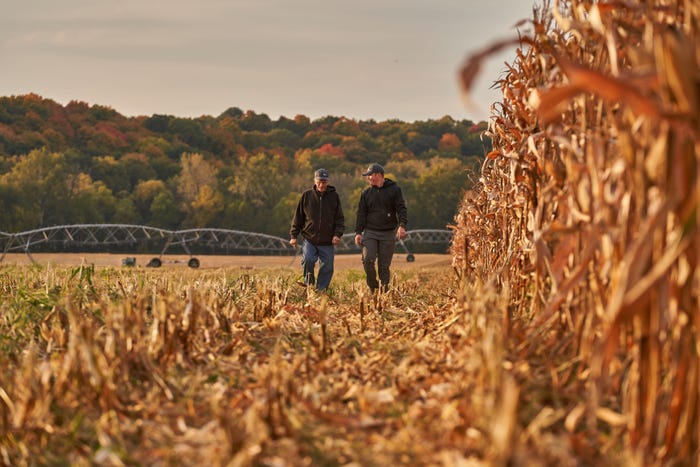
Cargill, Nestlé Purina partner on regenerative agriculture adoption
Cargill, Nestlé Purina partner on regenerative agriculture adoption
Firms aim to reduce the carbon footprint of Purina dry pet food products.
Cash Grain Bids for
Boone, IA
Landus Cooperative (Boone, IA)
corn
ZCK24
$4.26
corn
ZCZ24
$4.31
soybeans
ZSK24
$10.94
soybeans
ZSX24
$10.91
| Contract | Last | Change | High | Low | Open | Last Trade |
|---|---|---|---|---|---|---|
| Jul 24 Corn | 442.25 | -0.5 | 443.25 | 442 | 442.75 | 02:02 AM |
| May 24 Oats | 341 | -5 | 348.5 | 341 | 348.5 | 01:04 AM |
| May 24 Class III Milk | 17.27 | -0.04 | 17.29 | 17.17 | 17.25 | 01:09 AM |
| Jul 24 Soybean | 1159 | -1 | 1162.5 | 1158.25 | 1160.5 | 02:05 AM |
| Aug 24 Feeder Cattle | 252.35 | +2.575 | 252.6 | 248.6 | 250.025 | 06:04 PM |
| May 24 Ethanol Futures | 2.161 | unch — | 2.161 | 2.161 | 2.161 | 09:38 PM |

Copyright © 2019. All market data is provided by Barchart Solutions.
Futures: at least 10 minute delayed. Information is provided ‘as is’ and solely for informational purposes, not for trading purposes or advice.
To see all exchange delays and terms of use, please see disclaimer.
Live Stream Tuesday, April 16 at 1 PM CT: Jamie Burr, chief sustainability officer with the National Pork Board, talks with us about the sustainability story that real data from real farms shows.
Dairy Health & Nutrition
See allNutrition & Health
Global demographics are rapidly changing. What might that mean for global pork and, more broadly food demand? Todd Thurman of President of Swine Insights International, shares his unique perspective.
Content Spotlight
Food Waste to Animal Feed – A Virtual International Conference
A free online conference focused on fostering a discussion around the challenges and opportunities related to food waste for livestock.
Market News
Webinars
Legislative
Watch This Week in Agribusiness with Max Armstrong to see what's happening in agriculture each week.
Mike Pearson gets you ready for planting season and learns about the tough year for crawfish.
EPA’s snub of renewable fuels, land values, grain bin monitoring, new John Deere equipment, commodity transportation impacts, cover crops and carbon, fuel delivery trailers and supply chains are featured this week.
Sustainability, ag education, crop protection, markets, and more featured this week.
Max Armstrong is filling in for Mike Pearson this week, taking a look at “lobbying season” for agribusiness.
Agribusiness News
More News


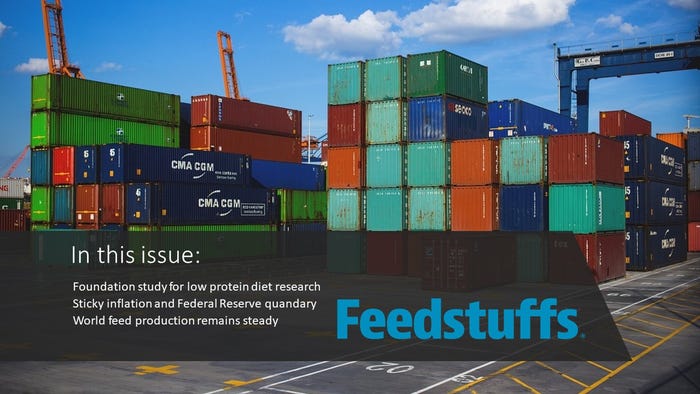
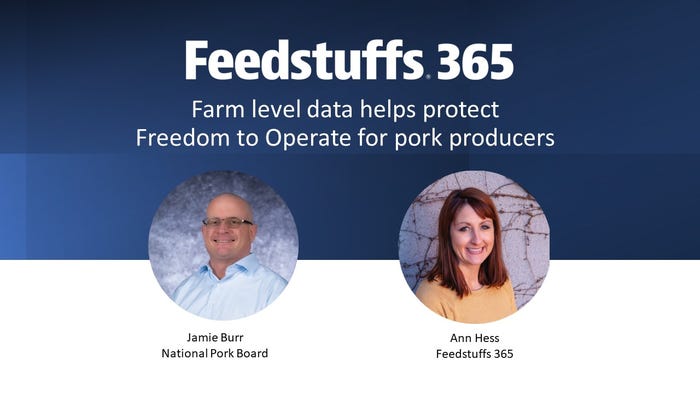
.png?width=300&auto=webp&quality=80&disable=upscale)
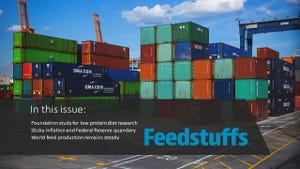



.png?width=300&auto=webp&quality=80&disable=upscale)
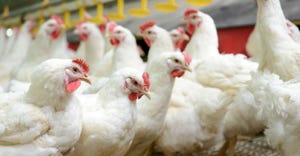

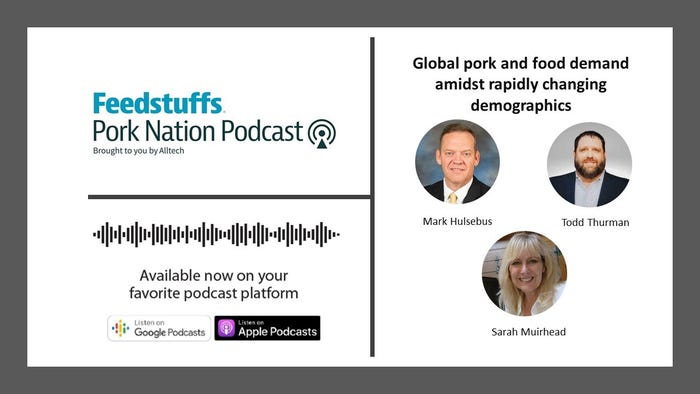


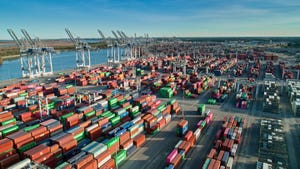





.png?width=300&auto=webp&quality=80&disable=upscale)

.png?width=300&auto=webp&quality=80&disable=upscale)

